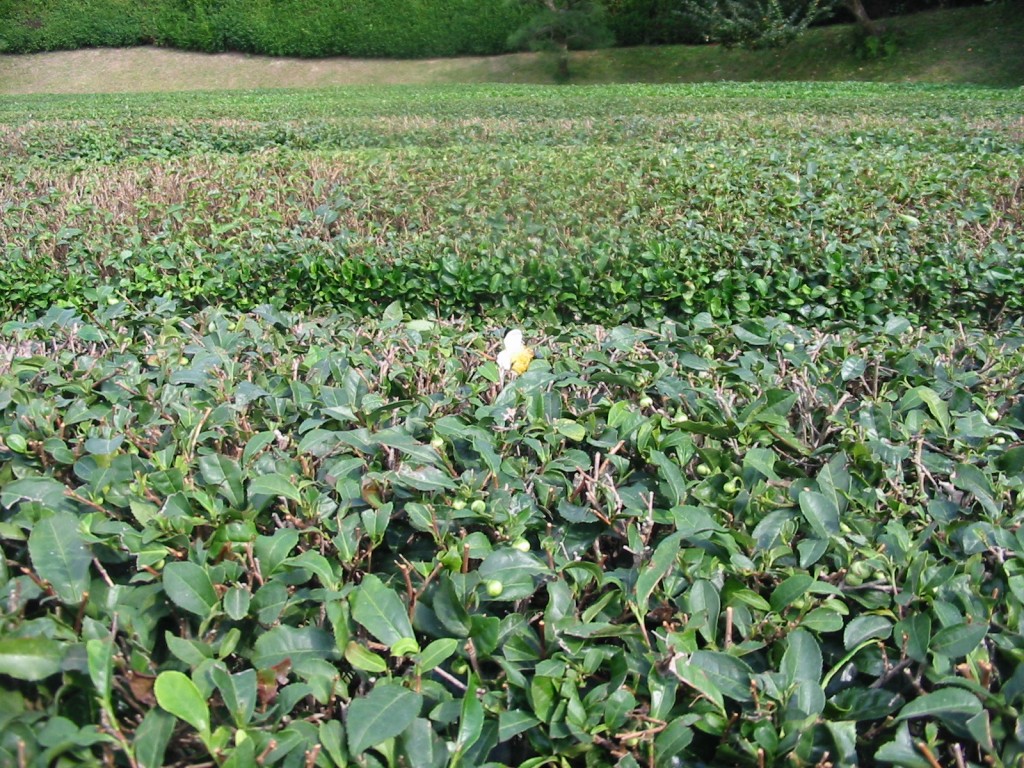
It is cold outside, especially if you live in an area where it is frigid or snowing or raining. This is the time of year for drinking lots of hot tea, the world’s second most popular beverage after water. And now that there are so many articles about the health benefits of drinking tea, such as the antioxidants, anti-cancer content of tea , or tea helping to cure diabetes, people will probably be drinking more tea – both hot and iced.
Tea is one of the oldest beverages known to civilization- thought to have been discovered as a beverage in (probably western) China in 2700 B.C. It was brought to Europe in the 1600s. We, in the American colonies, first got it from Europe and then were forced to buy it only from England who then foisted high taxes on the tea it exported. So the early colonists fought this high tax in a battle called the Boston Tea Party.
It has been cultivated for centuries, mostly in plantations in China and at high elevations in tropical southern Asia. More recently it is being cultivated in other areas of the world with suitable mild and humid climates.
Assam tea (var. assamica) occurs naturally in tropical and subtropical southeastern Asia and is cultivated extensively in India and Sri Lanka. But TheGardenLady does not know of tea being grown commercially in the US or Europe.
You can grow Camillia sinensis if you live in Zones 9-11 in a fairly humid climate that is cool but frost free or with light frost if the plants are dormant. They need lots of moisture. The young plants need shade but as the plants mature they need sun. Tea plants are propagated by rooting semi-ripe cuttings, and by budding, grafting, and air layering. Teas are sometimes grown from seed as well.
Tea leaves are plucked from a shrub called Camillia sinensis that is really an evergreen tree in the camellia family. When the second word in the Latin name is sinensis, it means the plant originated in China. For care of these valued plants and for ease in plucking, Camillia sinensis trees are made into bushes that are kept to a height of about 3 feet. But if left untouched, Camillia sinensis plants can grow up to 50 feet high and live for over 100 years. The oldest known tea tree is in Southwest China and is calculated to be around 800 years old!
It is only the Camellia sinensis that produces all the true teas, both Chinese – black tea, green tea, white tea, oolong tea as well as the Japanese teas. (Herbal tea is completely different, being made from herbs.) When TheGardenLady was in Japan, the ornamental camellia was planted all over; even planted on the median strip on roads. But the tea plants, Camellia sinensis were lovingly cared for in gardens.
Part II of Tea will be posted in four days.
